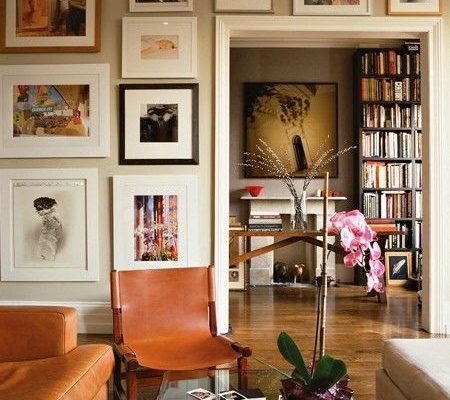Personalizing Your New Home
joy of nesting
Moving into a newly purchased home would seem to be an ideal situation. There’s fresh paint, clean carpets or flooring, and all that empty wall space waiting like a
blank canvas for your first decorations. But trust me when I say it’s not that easy to make a new home feel warm and inviting. It can take years personalizing your new home before it truly represents your tastes and lifestyle.
blank canvas for your first decorations. But trust me when I say it’s not that easy to make a new home feel warm and inviting. It can take years personalizing your new home before it truly represents your tastes and lifestyle.
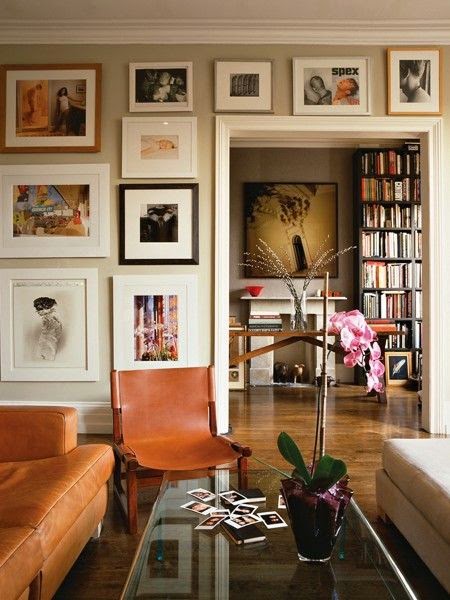
A home is an evolving, work in progress. Styles change and we eventually crave updates, even with the best-chosen furnishings.
I think what holds us back from creating a warm new home environment is uncertainty, but there is also this misconception that a home looks better when sparsely furnished. Unless you happen to prefer the look of a museum or a mass-mailed furniture catalog, nothing could be further from the truth. A home looks and feels better when it has a more personal appearance, one that has evolved over time.
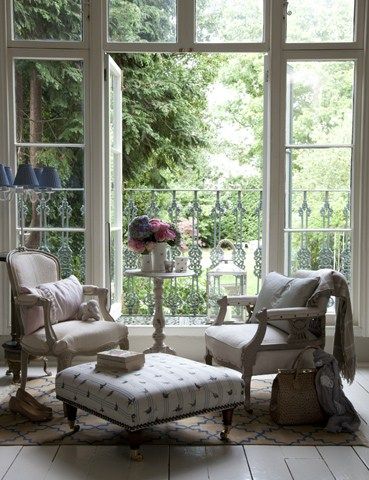
Personalizing Your New Home in Six Steps
So how do you personalize your home right from the beginning? I’ve put together some ways to help you identify the usual culprits of decorating whether the home is brand new or simply new to you.
Step One
If you’re going to enlist professionals to remodel, repair and paint now is the obvious time. I’m biased but employing a designer at this time will help pull all your ideas together and help you prioritize projects.
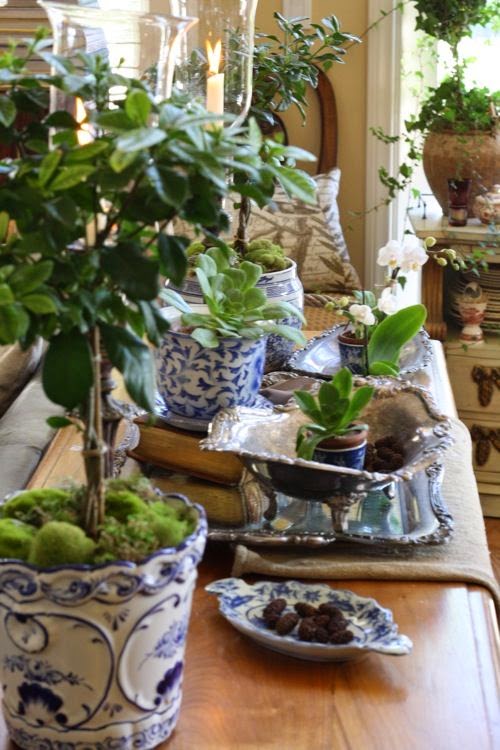
Step Two
Resist the temptation to discard any furniture or accessories until well after the big move. You may “think” you don’t like an old chair or desk or lamp but in reality, with fresh paint or new fabric those old pieces may have just the touch of character your new home needs.
Step Three
Place the biggest pieces first: the bed, area rugs, the sofa, the China hutch, the dining table, and the entertainment center. Place these correctly before proceeding. Don’t place anything on angles. That idea is passé and never worked well to begin with.
Think of big pieces of furniture as anchors. When placed correctly, these anchors will “feel” like they’ve been there “forever”. Like matured landscaping, they give a space a sense of “permanence”.
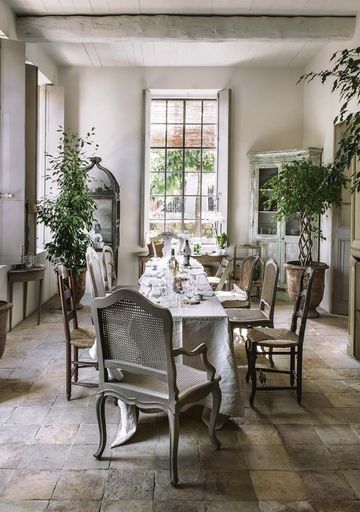
Design Hack
Here’s a little hack I came up with many years ago. It’s Use your existing pieces as markers for helping you with future purchases. For instance, if you know you’ll be ordering a new sofa, use your current sofa in the place where the new one will go for a short time. How does it fit? Should it be a sectional? Should it have a skirt? Would a different fabric pattern go better in the new surroundings? The same goes with other items. Use them as measuring sticks or barometers for planning new purchases.
Step Four
Once the biggest pieces are properly placed, you can place the smaller items such as the sideboard, armchairs, accent chairs, cocktail and end tables, lamps and dressers.
In the living room, if the space is large, you’ll need two to three seating arrangements: one dominant and one to two subordinates. For small spaces one to two seating areas is plenty. Accentuate each area with at least one accent table and/or lamp.
Common Mistakes
The second most common mistakes in personalizing a new home is to overlook window treatments. Unless your architecture and views are outstanding and the windows themselves are to die for, you probably need a little fabric on them by way of lined or sheer draperies. Clean looking wooden shutters and blinds are wonderful for modern interiors.

Joe Nye
Steps Five and Six
It’s time to gild the lily. You have your big anchor pieces and small accent pieces placed. Now you get to place accessories and hang pictures.
I like to start at the beginning, the entry. From there I like to move on to the formal living room, then the dining room, then the master bedroom, then the family room or den if there is one, then the kitchen, then spare bedrooms and bathrooms.
I like working in a circular fashion viewing my rooms as I go from the point of entrance. Try and mix up styles and eras as you furnish and accessorize each room and aim for a balanced “coverage” throughout yet leaving little areas of undecorated space as a place to rest the eyes.
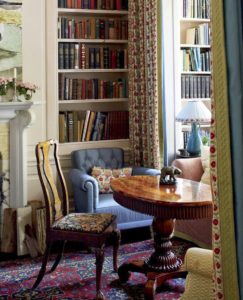
Jeffrey Bilhuber
Upgrades
Here are my favorite upgrades for your home that add a lot of bang for your buck, some of which are required for building to code.
Light fixtures
Faucets
Doorknobs
Cabinet and drawer pulls
Kitchen and bath remodels
Crown molding
Hardwood or stone floors
Radiant heat
Solar panels
Quality baseboards
Decorative interior and exterior doors
Energy efficient windows
Upgraded fireplaces, hearths and mantels
Built in cabinets and bookshelves
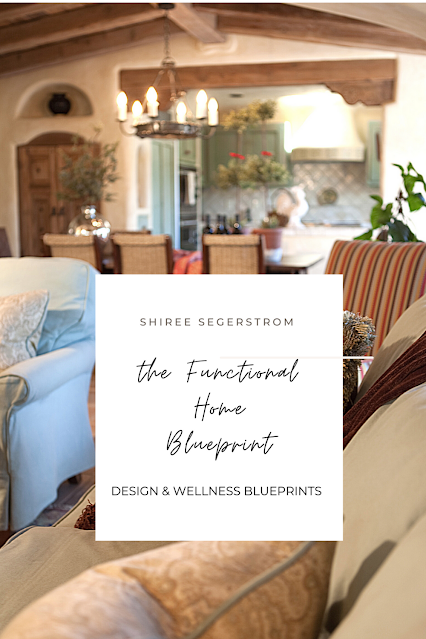
Well, that’s it for today! I hope you found this article super fun and interesting!
Here’s a little bonus for you. My free download, The Functional Home Blueprint will help you clear the clutter and redefine the zones in your home. In it you’ll learn to create work zones to get you organized and focused. Learn how to make better areas in your home for downtime and re- connecting with yourself. Find how to carve out an exercise/wellness space even when there’s no room. And maximize your kitchen so you follow through with healthy eating.
Enjoy! Bye for now.
Shiree’
For more goodness on Interior Design, check out my article How to Get a Wellness-Inspired, Living and Dining Room.
